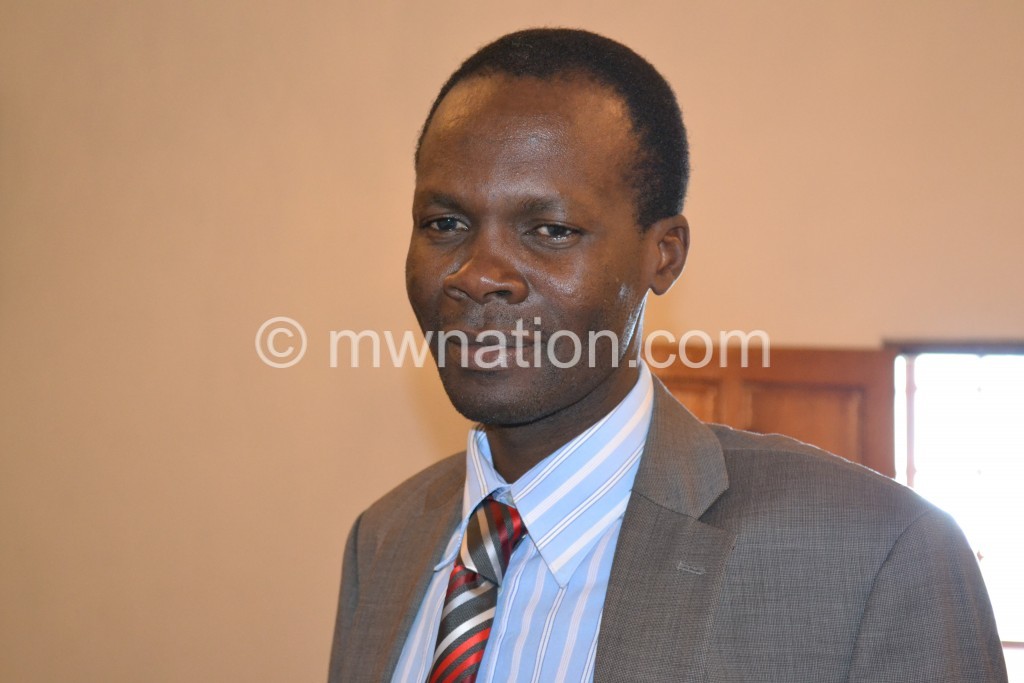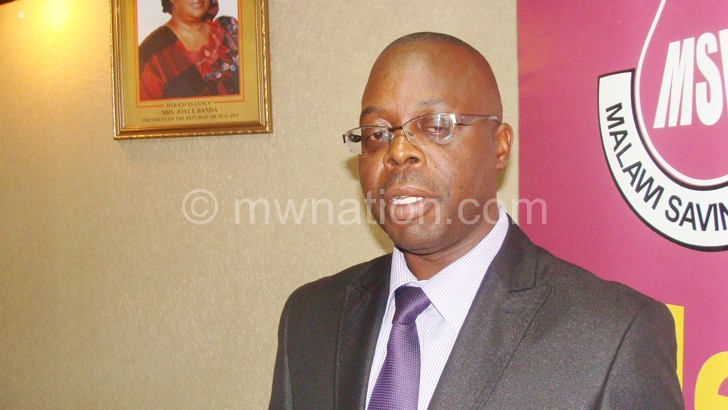UN warns on external debt
The United Nations Conference on Trade and Development (Unctad) has warned that Malawi risks going back to pre-debt relief levels due to increasing external debt.
The Unctad Economic Development Africa 2016 Report released this week said long-term debt sustainability remains a challenge for heavily indebted countries including Malawi.

“Notwithstanding the decline in debt burdens through debt relief, long-term debt sustainability remains a challenge for many heavily indebted poor countries, with a few examples of debt ratios increasing rapidly in recent years,” reads the report in part.
But Treasury spokesperson Nations Msowoya on Tuesday said government differs with the analysis by Unctad to come up with their position.
He said: “We know that Unctad has been raising those issues but in terms of analysis, we tend to differ. Our position is, yes, in nominal terms, the figure has gone up dramatically but in terms of dominator, our GDP [gross domestic product] and exports have also grown which means that overall, we are still sustainable but if we apply shocks of weather conditions and things like that, then debt can be out of hand.

“But our policy is still to borrow only concessional and get grants only. We don’t know what analysis they are using may be they have factored in Chinese and Indian loans, but in general, we are in a very sustainable path.”
In 2006, Malawi had its debt forgiven under the Heavily Indebted Poor Countries (Hipc) Multi-lateral Debt Relief Initiative (MRDI) in which $2.8 billion external debt was cut to around to $486 million.
The debt scare is being compounded information in the latest Annual Review of the Public Debt Portfolio which indicates that Malawi’s external debts will close at $1.9 billion (K1.3 trillion) by June 2017, a jump from around $1.6 billion (about K1.1 trillion) as of June 2014.
At that time, external debt owed to multilateral and bilateral creditors amounted to $1.129 and $423 million respectively.
A concessional loan, or sometimes called a soft loan, is granted on terms of substantially more generous than market loan. The concessionality is achieved either through interest rates below those available on the market or by grace period or a combination of both.
The recent International Monetary Fund (IMF) Debt Sustainability Report for Malawi indicated that Malawi’s debt situation remains at moderate risk of distress, based on an assessment of external public debt, but with heightened overall risk of debt distress, reflecting significant vulnerabilities related to domestic debt.
Economics Association of Malawi (Ecama) executive director Edward Chilima said in an interview on Tuesday Malawi cannot do without foreign borrowing ,but the question would be whether the money is being put to good use.
He said: “We cannot do without foreign borrowing because if we continue to borrow locally we can also stress the economy. But the question is, are we putting it to good use?
“Given the level of borrowing, we could have done better. There is still a question of prudence. We are not efficient in the use of funds, the way we are using the funds is not to our [Malawians] expectation.”
The Unctad report said with regard to external debt, several African countries have experienced an upward trend, including 12 that had their debts forgiven such as Burkina Faso, Rwanda, Mali, Uganda, Malawi, Senegal, Ghana, the United Republic of Tanzania, Benin, Ethiopia, the Niger and Mauritania.
Figures by Unctad show that neighbouring Zambia, whose debt was also written off in 2006 has external debt at $4.8 billion, representing 18.5 percent of the GDP while Mozambique’s external debt stock at the end of May 2016, was over $9 billion, representing 53 percent of GDP.





